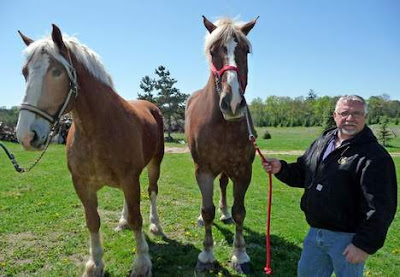Updated on
MFS - Strange But True - Places 16.
The Mount Roraima.
Mount Roraima (also known as Roraima Tepui or Cerro Roraima in Spanish, and Monte Roraima in Portuguese), is the highest of the Pakaraima chain of tepui plateau in South America. First described by the English explorer Sir Walter Raleigh in 1596, its 31 km² summit area is defended by 400 metre (1,300 ft) tall cliffs on all sides. The mountain includes the triple border point of Venezuela, Brazil and Guyana.
Mount Roraima lies on the Guiana Shield in the southeastern corner of Venezuela's 30,000 km² Canaima National Park forming the highest peak of Guyana's Highland Range. The tabletop mountains of the park are considered some of the oldest geological formations on Earth, dating back to some two billion years ago in the Precambrian Era.
The highest point in Guyana and the highest point of the Brazilian state of Roraima both lie on the plateau, but Venezuela and Brazil have higher mountains. The triple border point is at 5°12'08N, 60°44'07W, but the mountain's highest point is Maverick Rock, 2,810 m, at the south end of the plateau and wholly within Venezuela.Read more about this place on
MFS,with 1 videoclip narrated by Sir David Attenborough.
















